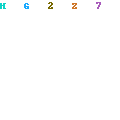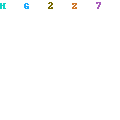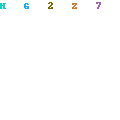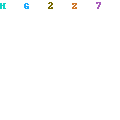Continuity Task
In this task I will be explaining about the shot/reverse shot , 180 degree rule and Continuity shot in detail and how it is performed correctly.
Shot/Reverse shot is a very commom film technique an example of this is when a charecter is looking at another character this is normally offscreen, then you see the other charecter looking 'back' at the first charecter in the scene. This effect makes it seem like they are looking at each other, and is done well in some cases.
Shot reverse shot is a feature of the "classical" Hollywood style of continuity edit, which deemphasizes transitions between shots such that the audience perceives one continuous action that develops linearly, chronologically, and logically. It is in fact an example of an eyeline match.
http://en.wikipedia.org/wiki/Shot_reverse_shot
The 180° rule is a basic guideline in film making that states that two characters (or other elements) in the same scene should always have the same left/right relationship to each other. If the camera passes over the imaginary axis connecting the two subjects, it is called crossing the line. The new shot, from the opposite side, is known as a reverse angle.
http://en.wikipedia.org/wiki/180_degree_rule
Continuity editing is the predominant style of editing in narrative cinema and television. The purpose of continuity editing is to smooth over the inherent discontinuity of the editing process and to establish a logical coherence between shots.
In most films, logical coherence is achieved by cutting to continuity, which emphasizes smooth transition of time and space. However, some films incorporate cutting to continuity into a more complex classical cutting technique, one which also tries to show psychological continuity of shots. The montage technique relies on symbolic association of ideas between shots rather than association of simple physical action for its continuity.
http://en.wikipedia.org/wiki/Continuity_editing
This entry was posted on 01:08
You can follow any responses to this entry through
the RSS 2.0 feed.
You can leave a response,
or trackback from your own site.




0 comments:
Post a Comment